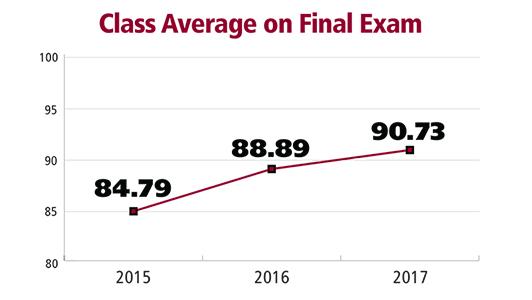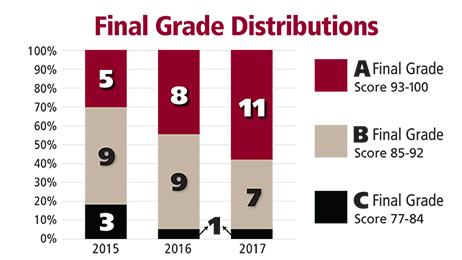Human Anatomy Learning Center
“The Mind Cannot Forget What The Hands Have Learned.” - Jon Zahourek, Anatomy in Clay
“The Mind Cannot Forget What The Hands Have Learned.” - Jon Zahourek, Anatomy in Clay
Human Anatomy Learning Center (HALC) is a state of the art, multifaceted, anatomy focused learning lab that allows students with different learning styles to achieve course outcomes through hands-on learning activities. The HALC is located on the Orman campus in its own, newly renovated building.
The HALC facilitates high quality experiences using a human cadaver laboratory, Anatomage table, skeletal models, organ system models and Anatomy in Clay® learning system.
Learning activities are developed in collaboration between program Faculty and HALC Coordinator. They can include; prosection (skilled dissectors prepare cadaver and anatomical specimens for observation), dissection (students perform dissection), identification of anatomical structures on a variety of models/anatomical resources, sculpting muscles/organs in clay, and application to clinical practice. Our assessment of student learning research has shown that using a variety of hands-on modalities and delivering content in an active learning format enhances student understanding and retention of information and improves course performance.
Understanding anatomy is fundamental and forms the foundation for health care professions. PCC’s approach to anatomy education is truly unique as our students explore anatomy from all angles. In cadaver dissection the approach is from superficial to deep. Anatomy in Clay® literally puts anatomy in the hands of the learner with a deep to superficial approach. The Anatomage table allows the learner to easily go back and forth between layers. The end result is a solid understanding of anatomical structures and physiological principles.
The Anatomage Table is the only fully segmented real human 3D anatomy system. Users can visualize anatomy as individual structures are reconstructed in accurate 3D, resulting in an unprecedented level of real accurate anatomy. Anatomy is presented as a fully interactive, life-sized touch screen experience, in operatory bed form. The Table allows for exploration and learning of human anatomy.
Students build various anatomic structures using scaled-down skeletons which allow them to see and touch the physical evidence as they sculpt muscles, tendons, nerves and blood vessels. The body is built from the inside out as anatomical structures are explored by hand with clay in a realistic three-dimensional perspective. Learning is enhanced because of the interactive, kinesthetic experience. Research over the last 10 years has found that this learning system represents a "best practices" application of anatomy education.
What we have learned using Anatomy in Clay®:
The shift in focus on the application of anatomy to student’s occupational choice coupled with the increasing difficulty of assignments/lab activities that require higher-order thinking skills has led to improved student learning as evidenced by final exam scores and course grades.

